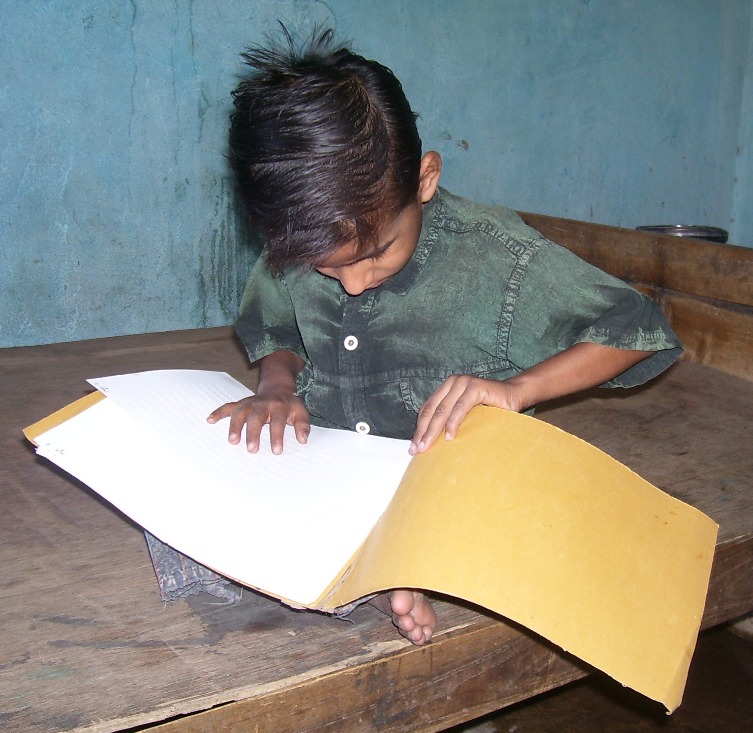The NAB was setup by a certain Mr. Alpaiwala. Initially destined to become a lawyer, Mr. Alpaiwala became involved with the cause of the blind when he himself lost his vision in his late-twenties due to Retinitis Pigmentosa – an inherited, degenerative eye disease that causes severe vision impairment and often blindness.
So from law, Mr. Alpaiwalla turned to education. From 1919 to 1940, he worked as a private tutor, had several teaching posts at different schools and also worked as secretary for ten years at the well-known New Era School in Bombay.
At that time, there were over 10 Braille codes in use in India. Each school had devised its own Braille system and there were quite a few cases where the same language had more than two Braille codes. The result was that a student of one school was just not able to read the Braille books of another school, although the language was the same! This certainly irked him as he empathised with the difficulties visually-impaired students faced; and he realised the urgent need of developing a common Braille code for Indian languages.
He thus made it his mission to bring about a uniformity in the Braille system – a task many had attempted before him but had not brought to conclusion. It started with his first paper on the subject at a conference in January 1923 where a resolution that was passed read: That in the preparation of all codes for the different languages of India, it was desirable that the same signs represent similar sounds which they represent in the English Braille, as far as possible. And it was finally in 1952 that “Bharati Braille” was adopted and has been in use ever since throughout India.
It was after this initial win that Mr. Alpaiwalla went on to set up the NAB, which today is the largest single NGO in the entire sector of disability, encompassing all work related to blindness. From awareness about preventing and curing blindness to providing educational, vocational and employment services, the NAB offers a host of services to the visually impaired.
However, it has been the persistence and dedication of Mr. Alpaiwala and others after him that NAB stands where it is today. Because when it was founded in January 1952, it had no funds in hand – and none whatsoever for capital outlays either. The organisation thus persuaded philanthropists to donate properties and developed suitable projects on the same. This is exactly how all their projects and programmes have been developed.
From an organisation with no funds to seven-figure sized corpus today, the NAB has clearly come a long way. They have already been around for 62 years but given that they are saddled with the task of tackling the problems of 2 million blind of the country, they carry quite a burden on their shoulders. So, true to its dynamic motto “Serve the blind,” adopted within a few months of its formation, it continues to serve the visually handicapped of India. The Sanskrit quotation in their crest “Tamso ma Jyotirgamaya” means “from darkness lead me unto light” and that’s what they continue to do to those whom nature has denied it.
Established in 2000, Give is the largest and most trusted giving platform in India. Our community of 2.6M+ donors have supported 2,800+ nonprofits, impacting 15M+ lives across India.
Discover more from
Subscribe to get the latest posts sent to your email.

